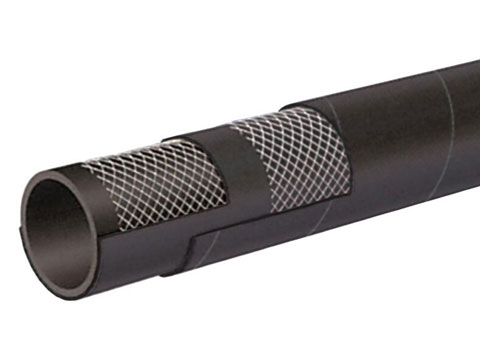What is a suction and discharge pipe and how do they work? Suction and discharge pipes can be of different types, such as steel wire, large diameter, or a combination of both. We'll explain how each type works and what you should know before purchasing one. The suction pipe needs to be fast enough to keep solids flowing in it. This is what allows you to see the solids that you've collected. How the suction and discharge pipe works You will need to understand the operation of the suction and discharge pipes if you are installing a fire protection system. Both pipes must be capable of carrying sufficient water and should be able safely to handle that amount. The safest rule is to choose a discharge tube with a diameter four-fold that of the supply pipe. Once you have the size of your suction pipe, you can start installing the other parts. Suction piping connects the fire pump to the water supply. It is comprised of all piping, valves, and fittings. The hydraulic demand of the system determines the size of the suction pipe. NFPA 24 specifies the material for the pipe, and gives guidance on how to size the pipe. The pipe size can be smaller as long as the hydraulic calculations verify that the pipe can supply the required system volume. When using a pump system, the suction line is an important component. It transports fluids from the source to the pump. It is often overlooked, but is essential to the smooth operation of the system. This article will provide an overview of the most important aspects of suction piping. Don't forget your pump manual to verify the correct pipe size. They should be at most five to ten times the pipe diameter. Steel wire suction and discharge pipe A steel wire suction and discharge pipe works by sucking liquid into the wire and forcing it out of its hose. It is flexible, light and resistant to negative pressure, making it ideal for many applications. It is flexible and can maintain its shape under vacuum or high pressure due to its flexibility. Some types come with colored marker lines that make it easier to identify what's inside. Dredge suction and discharge hose is widely used for various industries and is becoming more popular. This hose is a great choice because of its flexibility and resistance against kinking and corrosion. Moreover, the spiral steel wire reinforcement of the hose creates a solid structure and prevents bending. The hose can also be used for high-pressure water discharge. The dredge suction hose and discharge hose are easy to install and disassemble. The cover is made of high-quality synthetic rubber, which is heat- and aging-resistant. Large diameter suction and discharge pipe It is crucial to choose the right size suction and discharge pipe for large diameters in order to achieve optimal performance. There are many sizes available, but the most common are 7.5, 14 or 18 inches. Each type has a slightly different cross-sectional area and a correspondingly lower speed. The inside diameter of the pump should match that of the suction pipe. A 14-inch OD suction tube should have a discharge velocity 11.5 fps. Typical dimensions of suction and discharge pipes include the total length, diameter and type of valves. The NFPA specifies the size of a suction pipe. It should be larger than the diameter of the suction pipe listed in Section 4.28. An 8" suction pipe can connect to a 1500-GPM pump. The rest of the pipe diameter should be the same as the pump's suction capacity. The total head is the result of the combined force of gravity on the fluid. You can also account for friction head. These are illustrated in the following figures. The hose diameter must be equal to the pump's. In most cases, the length of the suction pipe is larger than the diameter of the discharge pipe. To meet a variety of requirements, it is imperative to select a hose with a large diameter and a high pressure rating.

